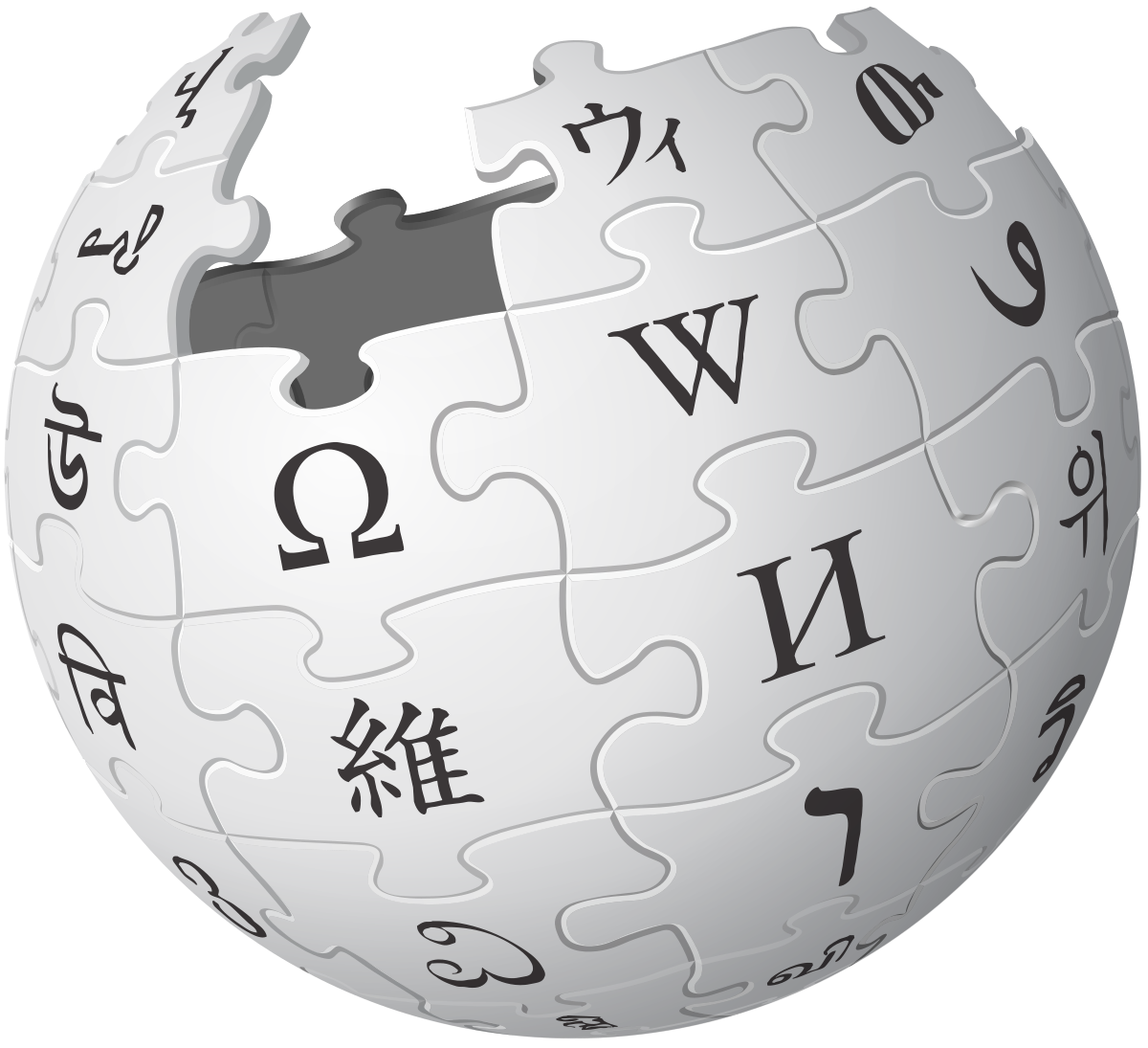Hip Surgeon Melbourne Parminder J Singh describe the basic science & treatment rationale of a labral hip tear
The importance of the acetabular labrum has been increasingly recognized, playing a critical role in the health of the hip joint. In active people, tears to the acetabular labrum often result in hip pain and, as some research suggests, accelerated osteoarthritis.
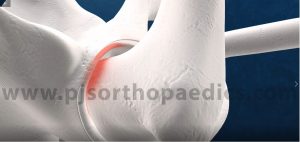 Basic Science of a labral hip tear
Basic Science of a labral hip tear
The hip labrum is thought to have several biomechanical functions and the capability to accomplish these is likely to depend on its integrity. The primary function is to:

- Maximize the stability of the femoral head during weight bearing, impact loading and resisting femoral head movement (translation) with hip movements.
- The normal acetabular (socket) labrum acts as an extension of the acetabular surface of up to 27%, increasing acetabular volume by up to 30%, providing a seal-effect that resists distraction of the femoral head, enhances hip joint stability and lowering hip joint contact stresses.
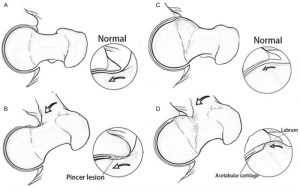 Biomechanical studies have demonstrated increased contact stress on the femoral head and acetabular articular cartilage after removal of the labrum, thereby increasing the risk of premature arthritis in the hip joint. A symptomatic labral hip tear can increase cartilage strain under load, which may eventually lead to hip joint degeneration and premature arthritis.
Biomechanical studies have demonstrated increased contact stress on the femoral head and acetabular articular cartilage after removal of the labrum, thereby increasing the risk of premature arthritis in the hip joint. A symptomatic labral hip tear can increase cartilage strain under load, which may eventually lead to hip joint degeneration and premature arthritis.
Labral Hip tears are commonly associated with symptomatic femoro-acetabular impingement syndrome (FAIS). Individual may have a cam and or pincer impingement in their hip and remain symptomatic despite modification of activities and physiotherapy. These individual often seek treatment for labral tear in hip joints.
What causes a labral hip tear?
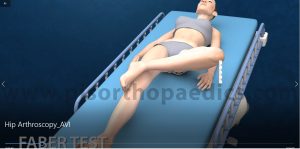
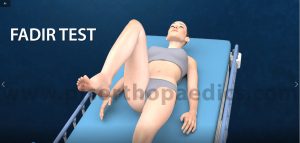
- Repetitive movement of the hip into flexion combined with internal and or external rotation can lead to a labral tear
- Maximal strain has been demonstrated in the anterolateral (front and side) labrum during full extension and with flexion, adduction and internal rotation (impingement position).
- Weight bearing and impact loading create additional shear forces on the labrum which may eventually lead to tearing and instability in the hip joint.
 What are the symptoms of a labral tear?
What are the symptoms of a labral tear?
- Pain in the groin,
- Buttock and side of the hip.
Diagnosis of labral hip tear
- In addition to the history and examination, labral hip tears are best diagnosed using 3T Magnetic Resonance Imaging Scans (MRI). MRI has been shown to be more sensitive and specific than other forms of imaging.
Non-surgical treatment for options to provide temporary relief
- Taking anti-inflammatories and or steroid injections may provide some temporary relief of the symptoms, particularly if there is associated inflammation of the torn labrum. However, symptoms often recur over time.
- Physiotherapy is often helpful in some patients to strengthen the hip and core muscles and advises patients how to avoid aggravating their hip symptoms. However, labral hip tears often fail to heal, particularly, with individual with too much bone of the acetabulum [(socket), (pincer lesion)] and or the femoral head neck junction (cam lesion).
Surgical treatment of labral hip tear
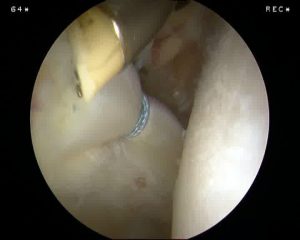
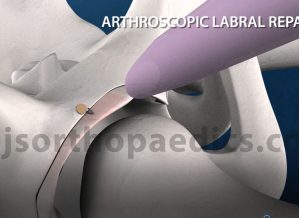
Individuals who remain in pain may want to consider arthroscopic surgical treatment for labral tear in hip joints with resection, repair or reconstruction; all of which have been shown to be successful. Hip surgeon Parminder J Singh preference is to repair the labral tear whenever possible using his own published technique. A number of biomechanical studies have demonstrated improved stability and restoration of the suction seal with repair over resection. Likewise, Melbourne Hip Surgeon Parminder J Singh will also consider treating any underlying bony deformities, which may have resulted in the labral pathology, and restoring normal anatomy.
